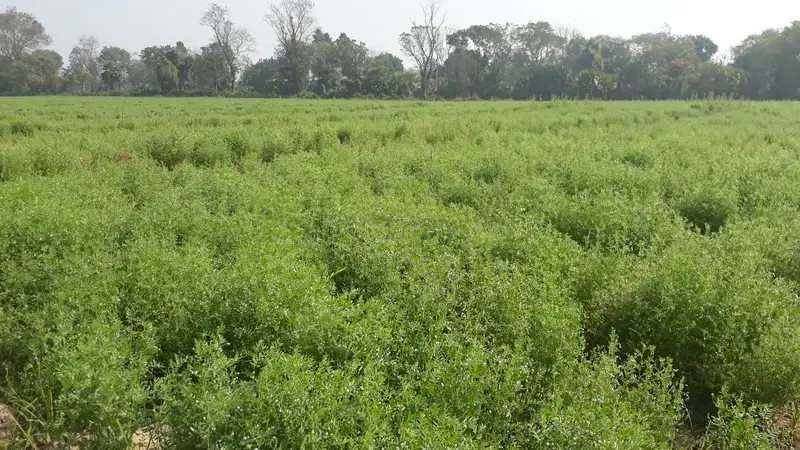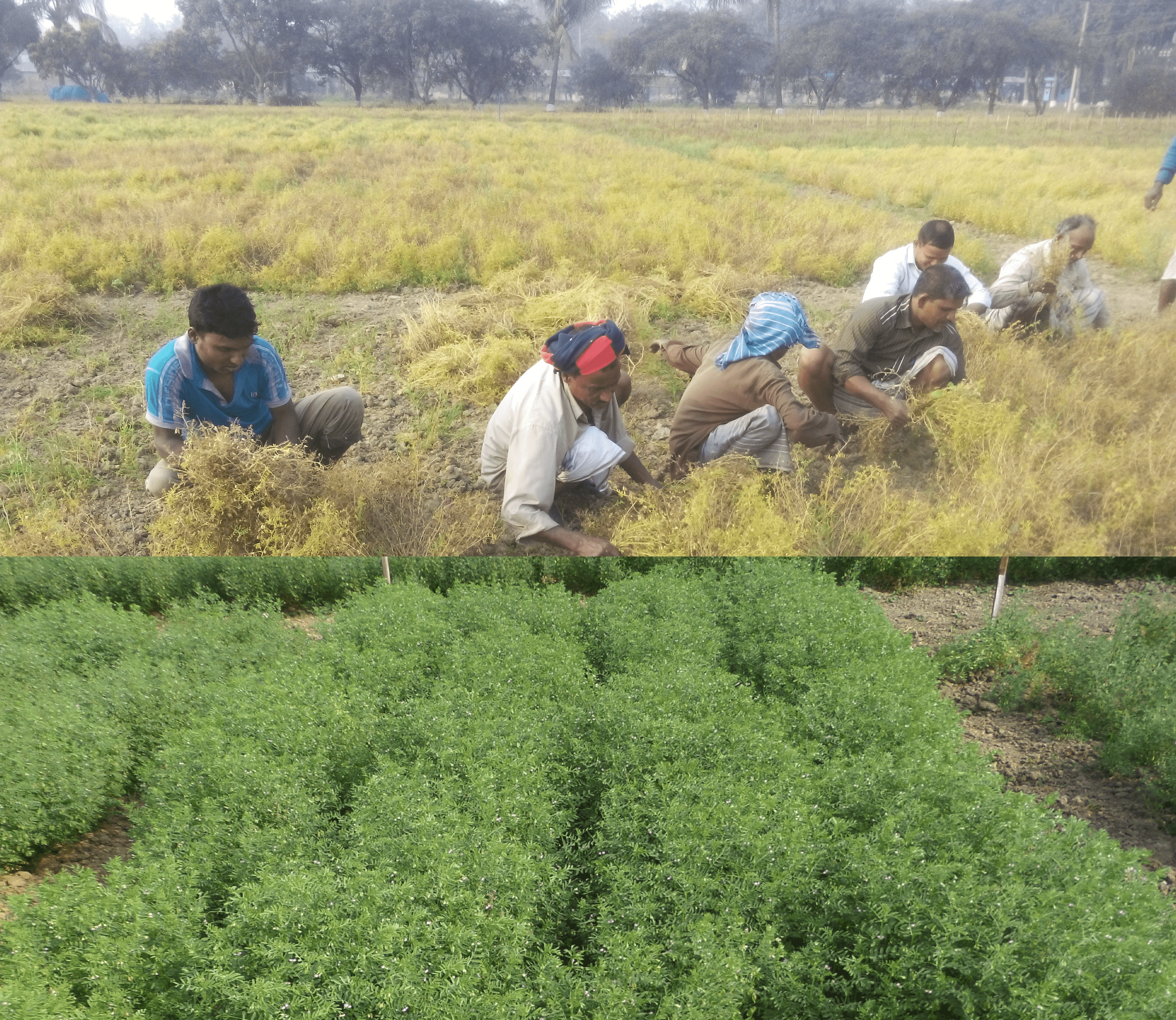Study on Impacts of Improved Lentil Varieties in Bangladesh

Lentil is a cheap but rich source of protein and nutrients, making it a staple crop in many South-East Asian countries. In Bangladesh, lentil production and hence farmers’ income were at high risk in the late 1980s, when a disease called Stemphylium Blight (Stemphylium botryosum) devastated the crop. By the mid-1990s, new, improved, disease-resistant lentil varieties developed jointly by ICARDA and its local partners - Bangladesh Agricultural Research Institute and Bangladesh Institute of Nuclear Agriculture - came to the rescue enabling farmers to halt the reduction of lentil area and continue producing the crop, vital for their communities. Although several studies on how well these varieties have been adopted exist, the literature on their impact on the Bangladeshis and their economy is insufficient.
ICARDA scientists have published a new study providing clear empirical evidence on the plot-level impact of the improved lentil varieties in Bangladesh in the open-access journal: The Public Library of Science ONE (PLOS ONE).
The scientists first collected production data through a household survey and genetic data through the collection of grain samples from 1,694 lentil plots which were analyzed using a method called DNA fingerprinting - a chemical test to specifically identify the genetic makeup of the variety cultivated in each plot. They then analyzed the data using an econometrics tool called ‘instrumental variables regression’. This tool helps produce unbiased estimates of impacts even when some important explanatory variables were unavailable in the regression (a type of analysis to establish a mathematical relationship between a variable and one or more others).

The results show that the adoption of the most recent improved lentil varieties released after 2006 is associated with 14.3 percent (181.14 kg/ha) higher yields and 17.23 percent (US$169.44/ha) higher profit. At a national level, these varieties are providing the country with substantial economic benefits. In 2015 alone, the recent varieties covered 45 percent of the total lentil crop area across the country generating over 8.77 million tons (6 percent) more supply of lentils from domestic sources, saving the country US$8.22 million in imports. Similar varieties of ICARDA origin have also been released in India and Nepal, which are expected to generate at least as many benefits.
The study confirms for the first time that by investing in the generation and distribution of more improved lentil varieties, Bangladesh and other South Asian countries with similar agro-ecologies can significantly increase lentil yields and production and decrease national dependency on imports.
